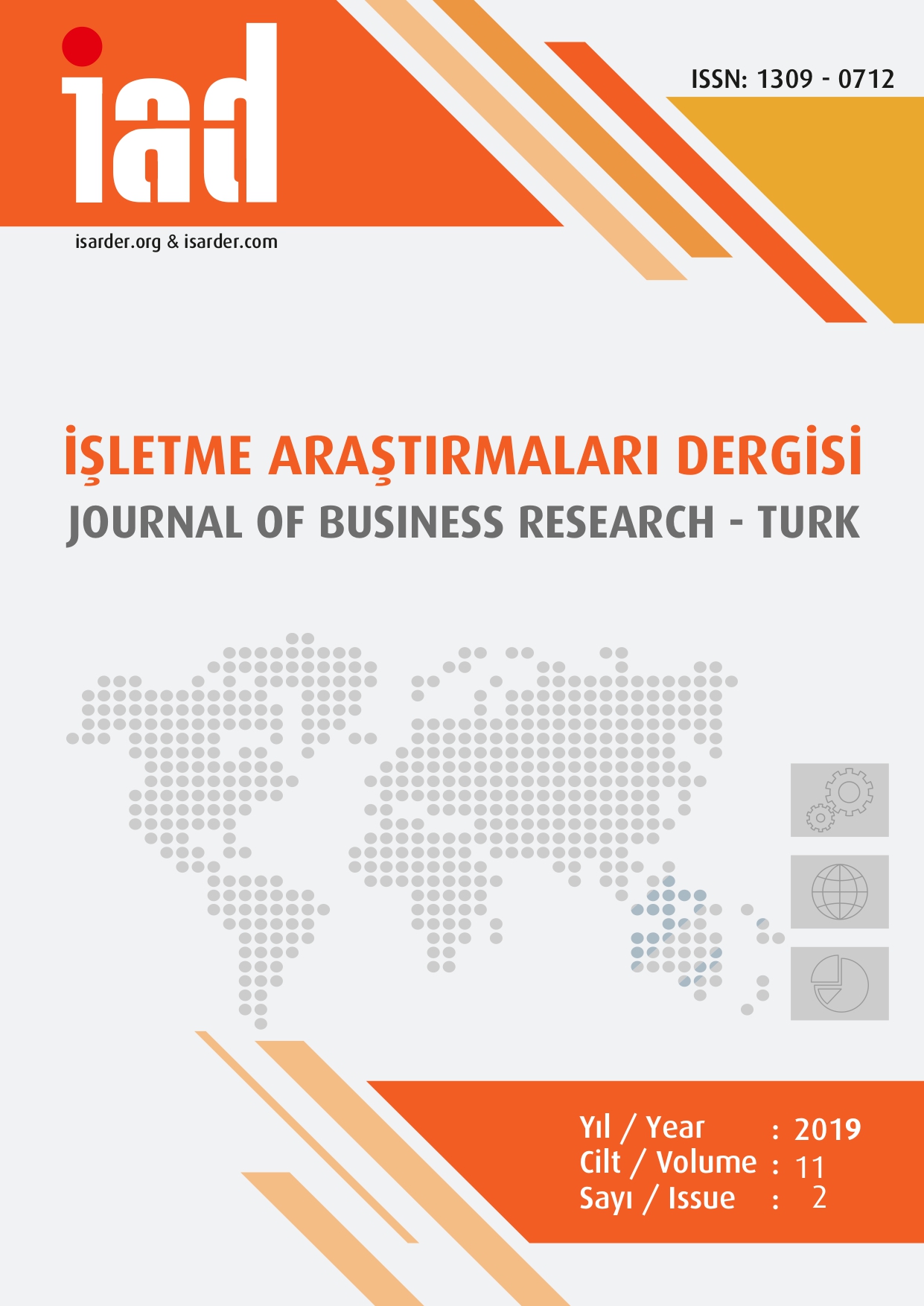Girdi Olarak Maliyetlere Yönelik Veri Zarflama Analizi Modelleri İle Göreli Etkinlik Analizi
Relative Efficiency Analysis With Data Envelopment Analysis Models Using Costs As Input
Author(s): Funda Özçelik, Burcu Avcı ÖztürkSubject(s): Business Economy / Management, Financial Markets, Accounting - Business Administration, Marketing / Advertising
Published by: Orhan Sağçolak
Keywords: Efficiency; Data Envelopment Analysis; Cost Control; Cost Performance;
Summary/Abstract: Purpose – Nowadays, since the price isn’t in the control of the firms, only the firms that can manage and control their costs efficiently can survive. In this study, it is aimed to evaluate relative cost management efficiencies of the firms that are listed on BIST Food, Beverage indices. Design/methodology/approach – Input oriented Data Envelopment Analyses models are used to evaluate relative cost management efficiencies of the firms for the years 2015, 2016 and 2017. For this purpose, firms’ ratios related to costs (cost of sales/sales, administrative costs/sales, marketing costs/sales) are used as input variables and the profitability ratios (return on assets, return on equity, net profitability, operational profit margin) are used as output variables. Findings – As a result of the input oriented DEA analyses, efficient and non-efficient firms are determined and necessary suggestions are made for the non-efficient firms to increase their efficiency. Discussion – Firms can manage output variables by controlling input variables. For this reason, the cost composition that will be used as a reference is calculated and cost items that needs improvement were determined in order to achieve efficiency for specific profit level. The more detailed consideration of these cost items especially cost of sales can give insights for firms to see their inefficiencies and help to better evaluate improvement opportunities.
Journal: İşletme Araştırmaları Dergisi
- Issue Year: 11/2019
- Issue No: 2
- Page Range: 1011-1028
- Page Count: 18
- Language: Turkish

